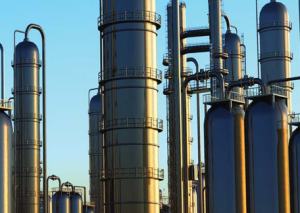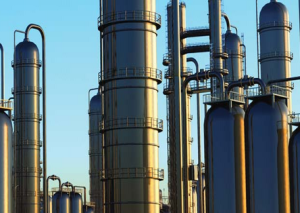Speakers at the PlastiCon conference in Dubai this week call for the Gulf to shift from commodity petrochemicals.
At the sixth Gulf Petrochemicals & Chemicals Association (GPCA) conference, Sadara CEO Ziad S Al-Labban said the sector must produce more specialty chemicals, offering specific effects or functions to other industries.

“Today, the GCC’s products portfolio consists of only 0.2% of specialty chemicals and this will need to change,” he said.
“I recommend creating value by using technology to go into specialty products because the future in commodities is limited.”
Petro Rabigh CEO Abdullah bin Saleh Al Suwailem echoed his views.
“The GCC petrochemical industry is a gas-based industry with limited liquid feedstock capabilities,” he said.
“Refocusing our commodities base towards a more specialty chemicals portfolio will open up growth and investment opportunities. These value-creating products are also aligned with the national strategies of GCC governments as they offer significant opportunities for job creation.”
Mosaed Al-Ohali, executive vice-president polymers at Sabic, pointed to the challenges for the GGC sector’s established model.
“Legacy thinking of the GCC’s competitive advantage includes the lowest polymer price globally, low utility and labour costs, strategic location among others,” he said.
“However, this is changing. If you look at polymer trade with the EU between 2013 and 2014, there is a US$200 per ton loss in competitiveness due to a rising import tariffs, increasing labour costs, and a growth in inflation.”
But the annual event – held at Conrad Hotel on 11-12 January – also highlighted the potential of Asian markets for the Gulf petrochemicals industry.
Despite the addition of 150m tons of capacity in Asia and India since 1900, “supply is not fulfilling demand”, said Al-Labban.
He added that the expansion of the middle class to cover 60% of the population will further drive polymer consumption.
In 2014, the GCC’s polymer capacity climbed to 25.5m tons, up 6% on the previous year, according to the GPCA.
Saudi Arabia leads the region’s plastics production, manufacturing an estimated 18.3m tons, or 72% of the region’s polymer production capacity.
The UAE is ranked second, with 13% of the region’s polymer capacity.
The GPCA predicts its industry will manufacture 33.3mn tons of polymer products by 2020, up 25% from today.



